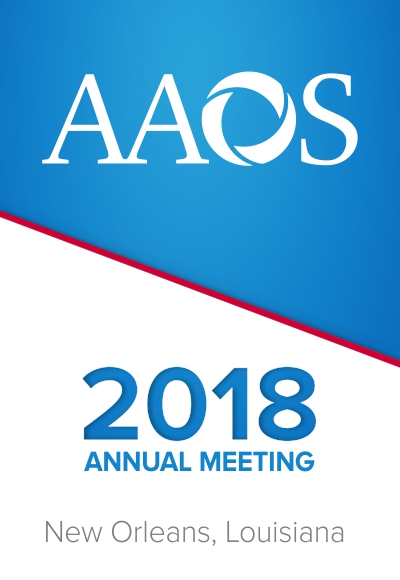
AAOS2018: No difference between prolotherapy and sham saline in Osgood-Schlatter treatment

AAOS2018: No difference between prolotherapy and sham saline in Osgood-Schlatter treatment
Ultrasonographic Guidance Prolotherapy for Osgood-Schlatter Disease: A Prospective Randomized Double-Blind Study
Did you know you're eligible to earn 0.5 CME credits for reading this report? Click Here
CONFERENCE ACE REPORTS
This ACE Report is a summary of a conference presentation or abstract. The information provided has limited the ability to provide an accurate assessment of the risk of bias or the overall quality. Please interpret the results with caution as trials may be in progress and select results may have been presented.
Synopsis
38 adolescents with 50 knees affected by Osgood-Schlatter disease were randomized to three monthly treatments of either prolotherapy with a dextrose solution, or so sham prolotherapy with saline. Patients were assessed for function on the Victorian Institute of Sport Assessment (VISA) score after 1, 2 and 3 months. Results demonstrated no significant differences between groups at 1, 2, or 3 months, with a significant increase in scores from baseline for both groups.
Why was this study needed now?
Osgood-Schlatter disease involves pain and swelling over the tibial tubercle in adolescents, particularly among those involved in sporting activities. Prolotherapy has been investigated for efficacy in various musculoskeletal ailments, though not in the setting of Osgood-Schlatter disease.
What was the principal research question?
In the treatment of adolescents with Osgood-Schlatter disease, how does efficacy and safety of prolotherapy with dextrose compare to sham prolotherapy with saline, assessed over 3 months of treatment?
What were the important findings?
- VISA scores did not significantly differ between the prolotherapy group and the sham group at either 1 month (76.9+/-20.4 vs. 72.6+/-22.2; p=0.508), 2 months (73.3+/-26.8 vs. 74.6+/-26.7; p=0.874), or 3 months (85.7+/-18.7 vs. 83.2+/-19.8; p=0.658).
- The degree of improvement from baseline after 1 month, 2 months, and 3 months was significant in each group.
What should I remember most?
In the treatment of adolescents with Osgood-Schlatter disease, prolotherapy for 3 months with a dextrose solution demonstrated no significant difference in functional outcome when compared to sham prolotherapy.
How will this affect the care of my patients?
The results of this study suggest that prolotherapy with a dextrose solution may demonstrate no clinical advantage over saline for functional improvement in the management of adolescents with Osgood-Schlatter disease.
Learn about our AI Driven
High Impact Search Feature
Our AI driven High Impact metric calculates the impact an article will have by considering both the publishing journal and the content of the article itself. Built using the latest advances in natural language processing, OE High Impact predicts an article’s future number of citations better than impact factor alone.
Continue



 LOGIN
LOGIN

Join the Conversation
Please Login or Join to leave comments.